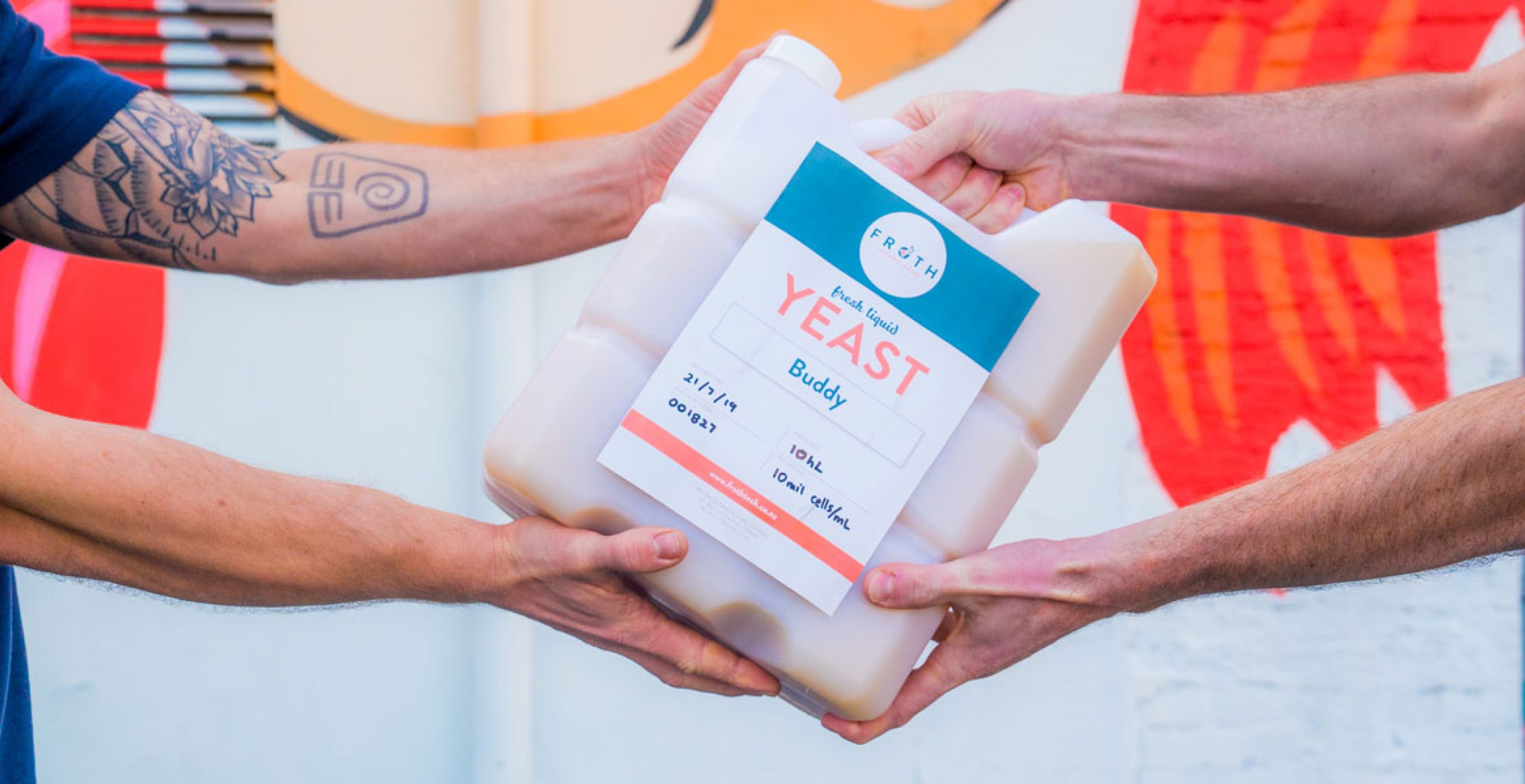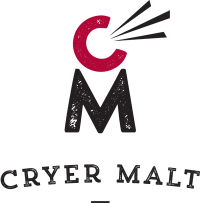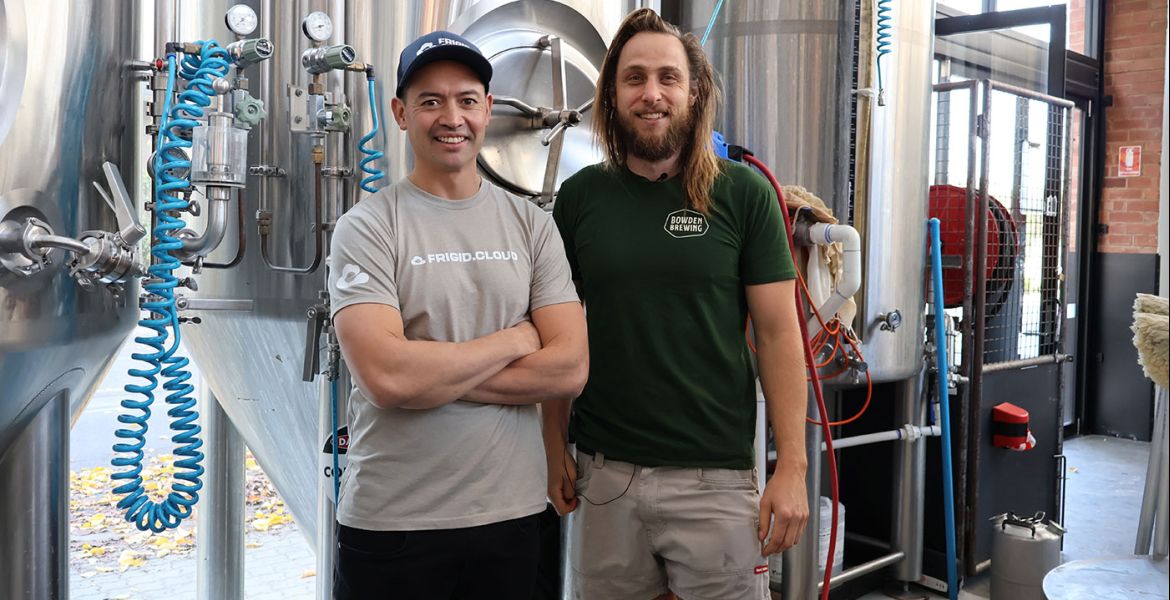Yeast. It is arguably beer’s most important ingredient; without it, beer would not exist. But brewers’ options for sourcing high quality pitches of liquid yeast are almost nil in New Zealand.
Now, however, the duo behind Froth Technologies are hoping to change that.
When he lined up a meeting with Froth's founders, Our Man in NZ, Jono Galuszka, expected a story about the country’s first dedicated brewing yeast lab. What he wasn't expecting was a conversation that would take in the philosophy job market and indigenous rights...
There are plenty of people who become friends over a beer at the pub. The social lubricant a pint provides is an ideal way to draw strangers together. It's partly what Hunter S Thompson was on about when he uttered “good people drink good beer”. Beer leads us to each other.
But Ryan Carville says things went differently with him and Simon Cooke.
“We led each other to beer,” he says.
Friends since they were 12 years old, the pair have now led each other to a business they hope will change the New Zealand brewing industry.
Froth Technologies is a liquid yeast laboratory set up in the same site that housed now-defunct student pub The Big Kumara. The business is undertaking a month-long crowdfunding campaign, aiming to raise $30,000 for additional laboratory equipment. Given they hauled in $15,000 in the first two days, the pair seem well on the road to a successful campaign.
A look at Ryan’s and Simon’s backgrounds, though, does not suggest a yeast lab was an obvious business idea. Ryan studied philosophy and religious studies, while Simon did graphic design. But the pair were avid homebrewers.
Simon was a residential assistant for a hall while studying at Massey University in Wellington, tasked with keeping the rest of the student tenants in line. Part of that meant ensuring no one brewed in their rooms, even though he was fermenting beer in his closet. When he and Ryan moved into a flat together, they had a door between their rooms. Ryan had the larger room, so, naturally, installed a bar, beer taps and kegerator to pour their homebrews.
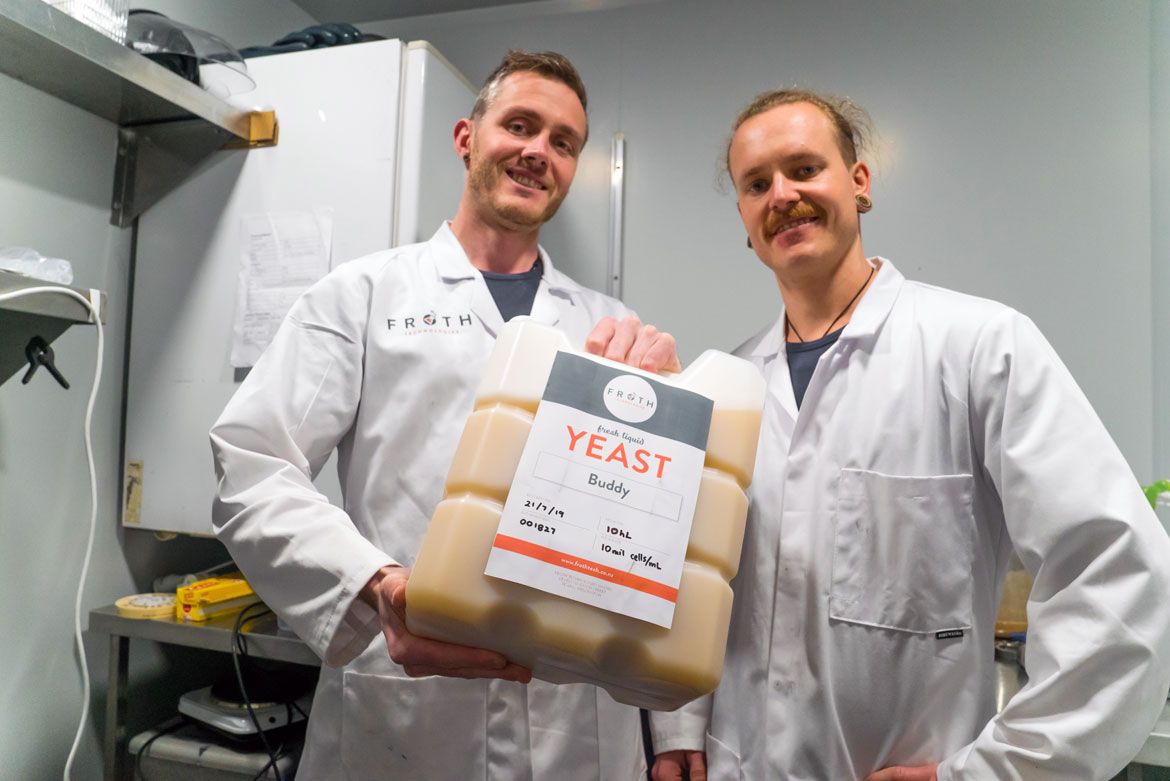
The pair moved from homebrewing to commercial releases via the Massey University Brewing Society – MUBS for short – which Simon started. The society put out its first beer, an IPA called Half Tanked, in 2011.
“It looked like a hazy IPA you see today,” Simon explains. “There were so many hops and we were not filtering. We were accidently making hazy IPAs in 2011.”
Upon leaving Massey, Simon created contract brewing business Kakariki Beer, named after the te reo Māori word for green. Ryan, upon realising the philosophy industry was not exactly booming, ended up in Christchurch working on rebuilding the city after the 2011 earthquake. Homebrewing there started as something to keep him busy, before he “got fed up doing health and safety” and got a job with Eagle Brewing. Two years there as a jack of all trades ended with a move back to Wellington, where he now works in Garage Project’s Wild Workshop.
The relationship between the pair continued while Ryan was in Christchurch, but the return to Wellington led to more serious conversations about how they could go into business together. The initial plan was starting a brewery, but various issues, including how crowded the industry has become, made them question how else they could get involved.
Simon says the idea for Froth Technologies came about when they tried to think of a point of difference for a brewery. While being environmentally sustainable was a no-brainer for the eco-conscious pair, it was the concept of emphasising local ingredients that led them to yeast.
“That’s when we had our lightbulb moment,” Simon says. “New Zealand hops and malt are world-class quality – along with the water – and easily accessible. But from both of us working in the industry, we know all yeast is imported.”
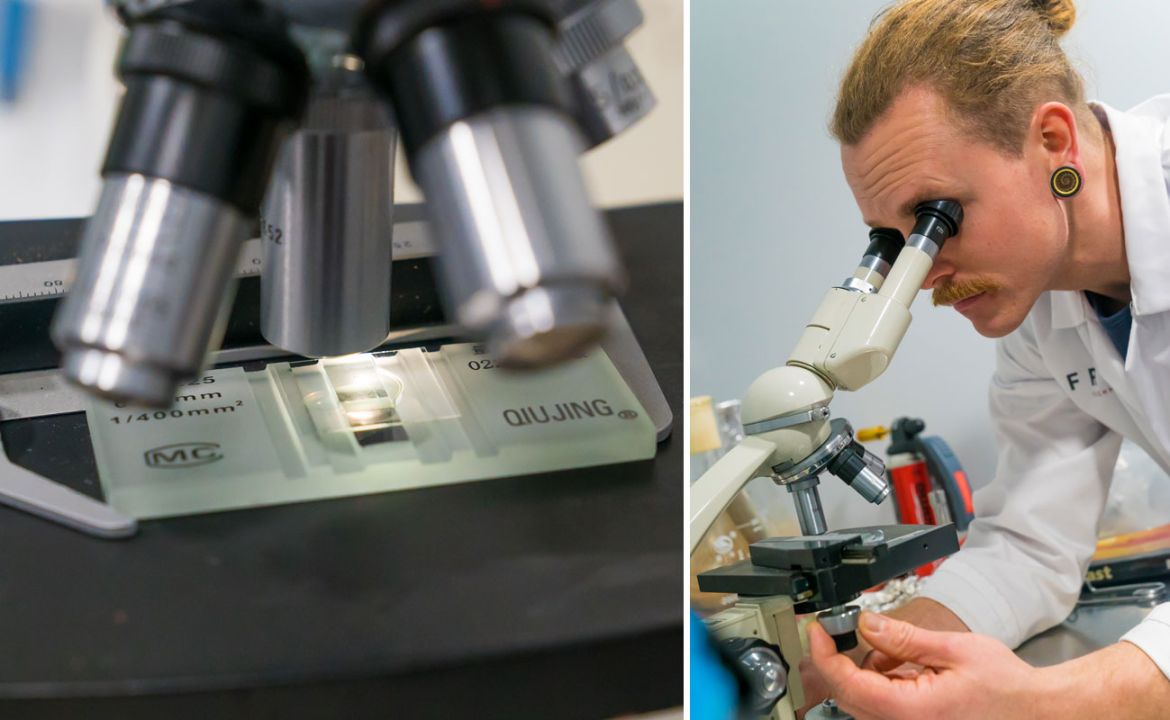
Yeast comes to New Zealand in two forms – dried or as liquid – but only in packets big enough to get about 20 litres of wort fermented into beer. That means commercial breweries either use large quantities of dry yeast, grow the small packets of liquid yeast into large quantities themselves, or harvest and repitch yeast from each batch of beer.
Ryan says each process has its shortcomings: a lack of variety; taking up time and labour costs; and an absence of analysis to ensure yeast health and quality.
“It is one variable which is often not actually isolated in the brewing process,” he says. “It is very well informed estimations and guessing...but there is seldom any accurate understanding of yeast cell counts and health.”
Froth Technologies, on the other hand, is based around fresh, extremely healthy liquid yeast. Ryan sees Froth fitting into a brewer’s process in two ways. Firstly, someone can get in touch to order the strain they want and pitch it at the start. But Froth can also be the ambulance at the bottom of the cliff when a beer stops fermenting too early, or fails to even start. Usually, that results in beer being dumped down the drain, which Simon says elicits an emotional response from most. But being able to order high-quality liquid yeast from Froth, arriving in a day or so, can save that beer.
“If you’re putting time, energy, power, ingredients and resources into making thousands of litres of beer and you have to dump if because of a yeast problem or fermentation issue that’s actually waste,” he says. “It’s an environmental consideration.”
That desire to reduce waste is ingrained in Froth’s kaupapa, or agenda, which stems from its founders. Simon would plant a tree for every keg of Kakariki beer sold, while he and Ryan have looked for every way possible to make Froth environmentally friendly.
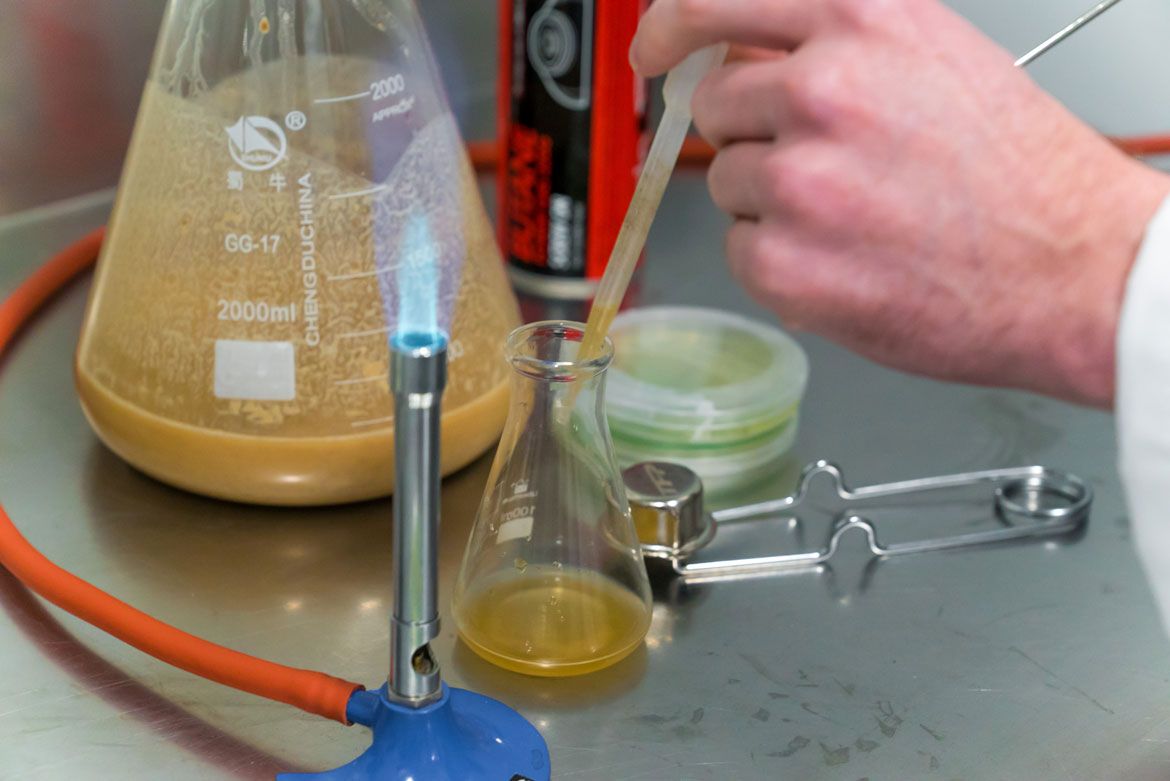
That desire led to them taking part in the Zero Carbon Challenge, a Wellington business accelerator designed to help reduce the city’s carbon emissions. That, in turn, has led to Froth using packaging made from sugar cane which sequesters more than twice its weight in carbon, and insulative boxes which keep yeast cool but can be almost totally recycled through kerbside recycling collection.
Simon says he and Ryan want to use Froth to influence others in the brewing industry to find ways to lower their carbon footprint, thereby making the New Zealand brewing scene the world’s most sustainable.
While their passion for their business and the brewing industry is undoubtedly strong, there is a glaring hole in Froth Technologies – neither founder is a scientist. Both readily admit they lacked that knowledge when starting out, but have done their best to upskill through working with scientists and microbiologists, and reading academic journals and other information.
Simon describes it as turning Froth into a forest, rather than a monocrop. The monocrop model involves him and Ryan believing they know everything and every decision they make being right. The forest model, however, involves talking to someone with more knowledge when making decisions, be they financial, strategical or science-based.
“We do 99 percent of the work at the moment because we are starting out. From going to university, we have learned how to learn. We’ve absorbed this new information about yeast growth like a sponge, because we are hungry to seek it out.”
People in the beer industry are also willing to help, with Gladfield Malt owners and founders Doug and Gabi Michael especially supportive, Simon says.
“They’ve walked a similar path. Their advice was, ‘Back yourselves’.”
While the short- and medium-term plan is to concentrate on growing common yeast strains – the kinds needed to ferment clean ales, hazy IPA, wits, lager, stouts and saisons – the long-term focus excites Ryan and Simon the most. They have a research and development programme for which they plan to take yeast samples from various New Zealand sources – flowers, berries, yeast traps in remote locations, for example – which they will then run through tests to see how appropriate they are for fermenting beer. If they hit the mark, they go to sensory before, finally, DNA sequencing.
The end goal is finding new strains of saccharomyces totally unique to New Zealand. While there are New Zealand styles of beer, such as New Zealand pilsner and NZIPA, they are based on styles created elsewhere.
The end goal is to find a new tool that could lead brewers to a totally new style of beer. It could come from the flavour of the yeast, the way it interacts with New Zealand hops through biotransformation, or the way it ferments.
When considering the possibilities, the mind immediately goes to kveik, the Norwegian farmhouse yeast that ferments extremely fast and at double the temperature of most commercial strains. Almost unknown a few years ago outside of Norway and nerdier brewing communities like Facebook group Milk the Funk, kveik strains are now appearing in commercial breweries across the world.
Read our two-parter on kveik here and here.

Simon says it is possible to trademark microbes in New Zealand, as long as certain criteria are met. But that has the potential to raise Treaty of Waitangi issues. The treaty, known as Te Tiriti o Waitangi in te reo Māori, was signed in 1840 between Māori chiefs and representatives of the British Crown.
The exact meaning of the text has been debated over, largely due to differences between the English and te reo Māori translations. However, the English translation promises “full exclusive and undisturbed possession” of land, forests and fisheries – effectively, the New Zealand environment. What that possession exactly entails has come into question time and time again, and arguably most significantly with a series of legal decisions which led some to believe Māori could claim ownership of the entire coastline and seabed of New Zealand.
That led to Helen Clark’s 2004 Labour-led Government passing the Foreshore and Seabed Act, which declared the coast and seabed was owned by the Crown but could be cared for under a guardianship arrangement with Māori. The decision saw more than 15,000 people, some marching from as far away as Northland, converging on Parliament grounds in one of the country’s largest protests of recent times.
Ryan and Simon and both keenly aware of the sensitivities around claiming ownership of what is effectively a slice of New Zealand’s natural environment. Simon’s whakapapa (genealogy) is Ngāi Tahu, an iwi (tribe) whose rohe (area) extends over Stewart Island and almost all the South Island. He says his iwi has already offered support for both Kakariki Beer and Froth Technologies, and lines of conversation have already been opened about how to handle things if unique strains are found.
“Those conversations start with my family roots and the option to expand to other parts of the country moves from that place,” he says.
It is hard to see where things will end up, considering that side of the business has not yet begun, but they see it as something Froth will need to have front and centre going forward.
“The colonial way is, ‘We will have our people make a meeting and everything will be fine’,” Simon says. “But we know that it is an ongoing conversation that starts from day one, which is why we have already opened those conversations and will continue to nurture them.”
The ultimate goal is to look outside the brewing industry at other fermented drinks, including wine, cider and kefir. Simon says the dream is to use yeast in innovative ways to create new flavour experiences.
“Certain flavours can spark memories of places, times and people. We want to be able to use flavour as a storytelling medium.”
Ryan adds that a wider understanding of yeast can make people more environmentally aware. He describes yeast as an “engine of nature; it takes one thing and turns it into something else”. Looking after the environment is key because, among other reasons, it provides things like beer.
“We need it to survive," he says, "and it makes our lives better is so many other ways.”
You can read other articles on New Zealand's beer scene here and all articles by Jono here. You can find him elsewhere on the internet on Twitter, or his beer blog From Drinker to Brewer, which you can also follow on Facebook.
All photos by Bryson Rooney.



